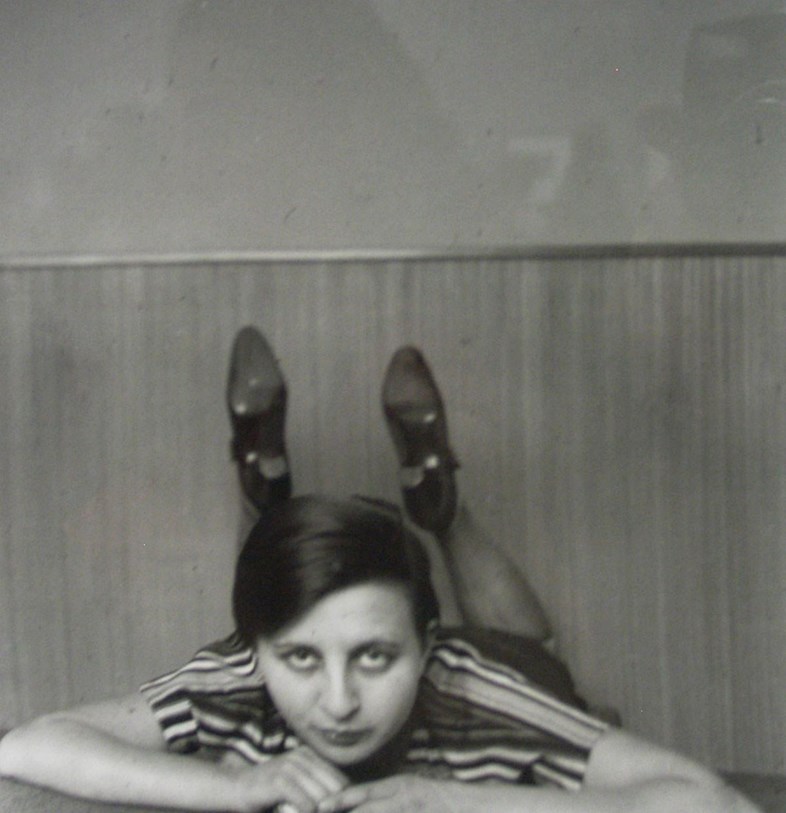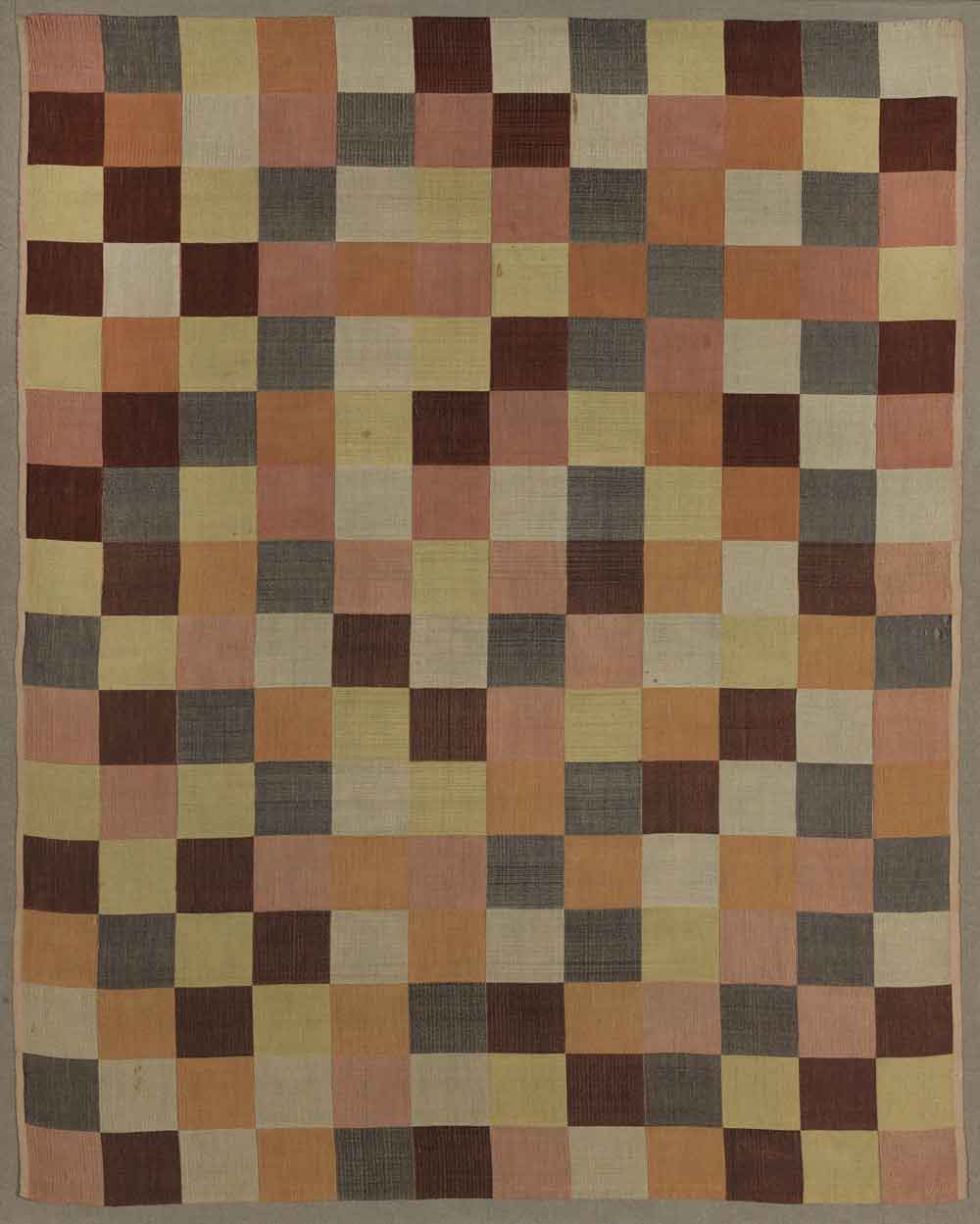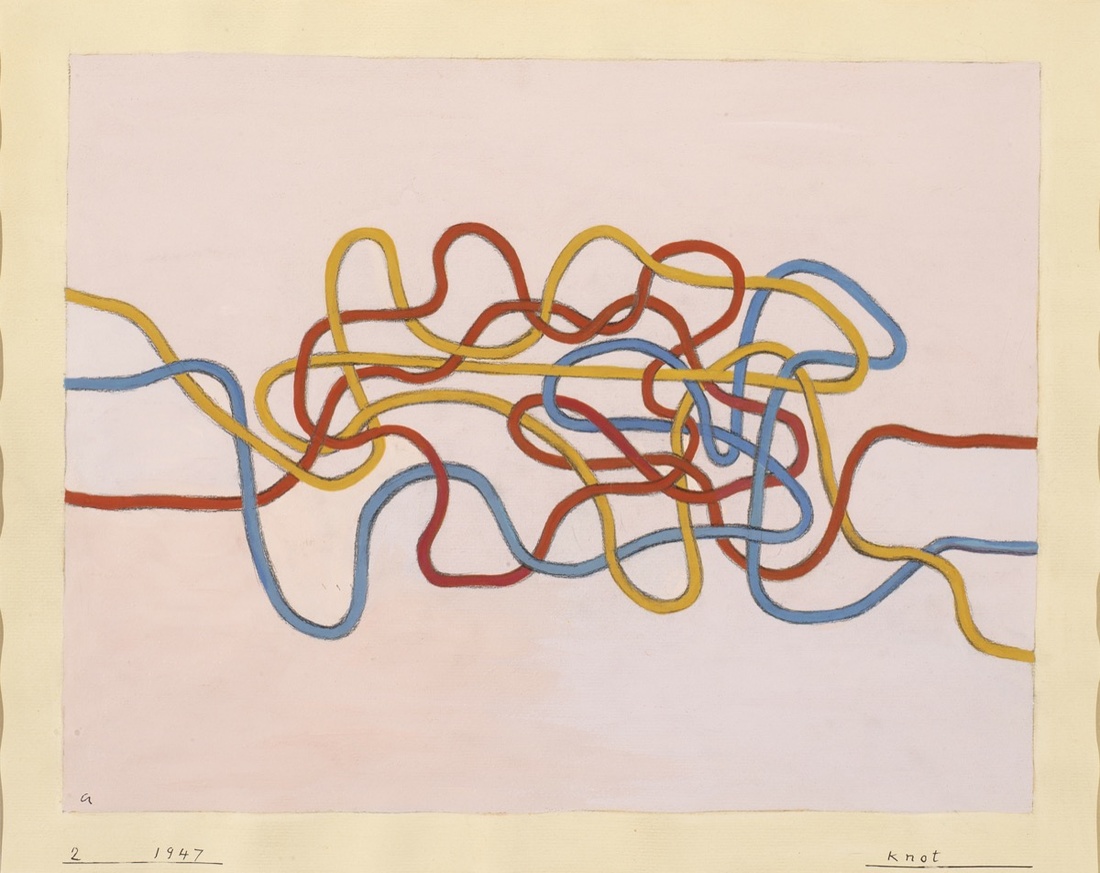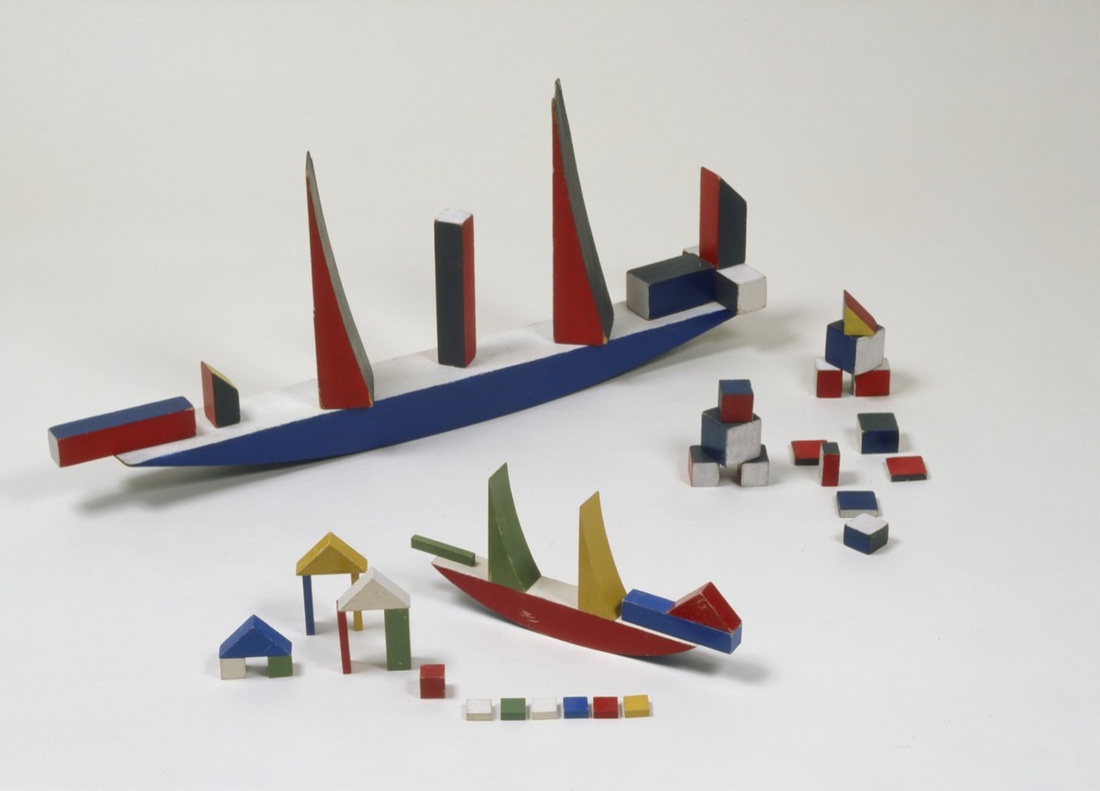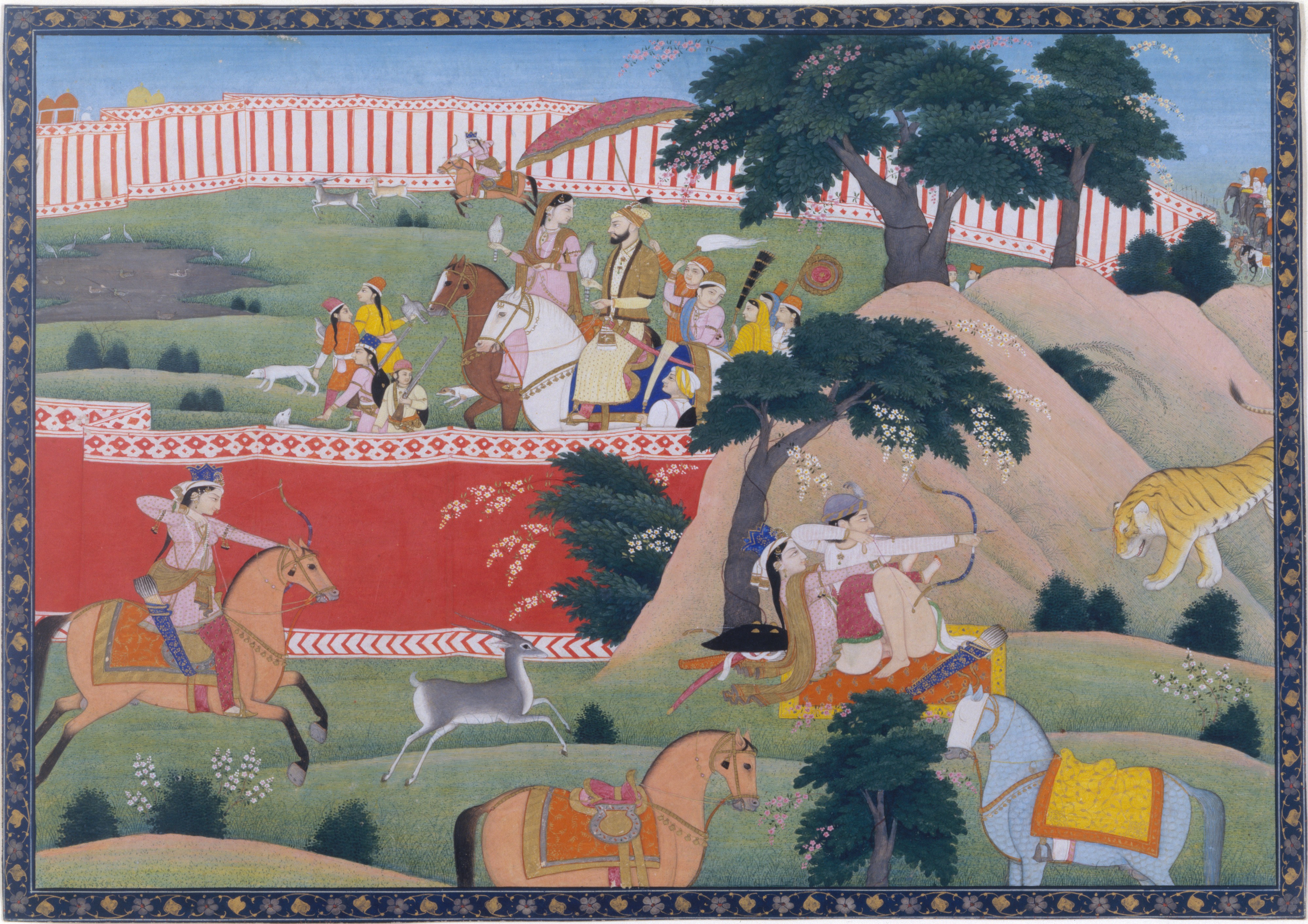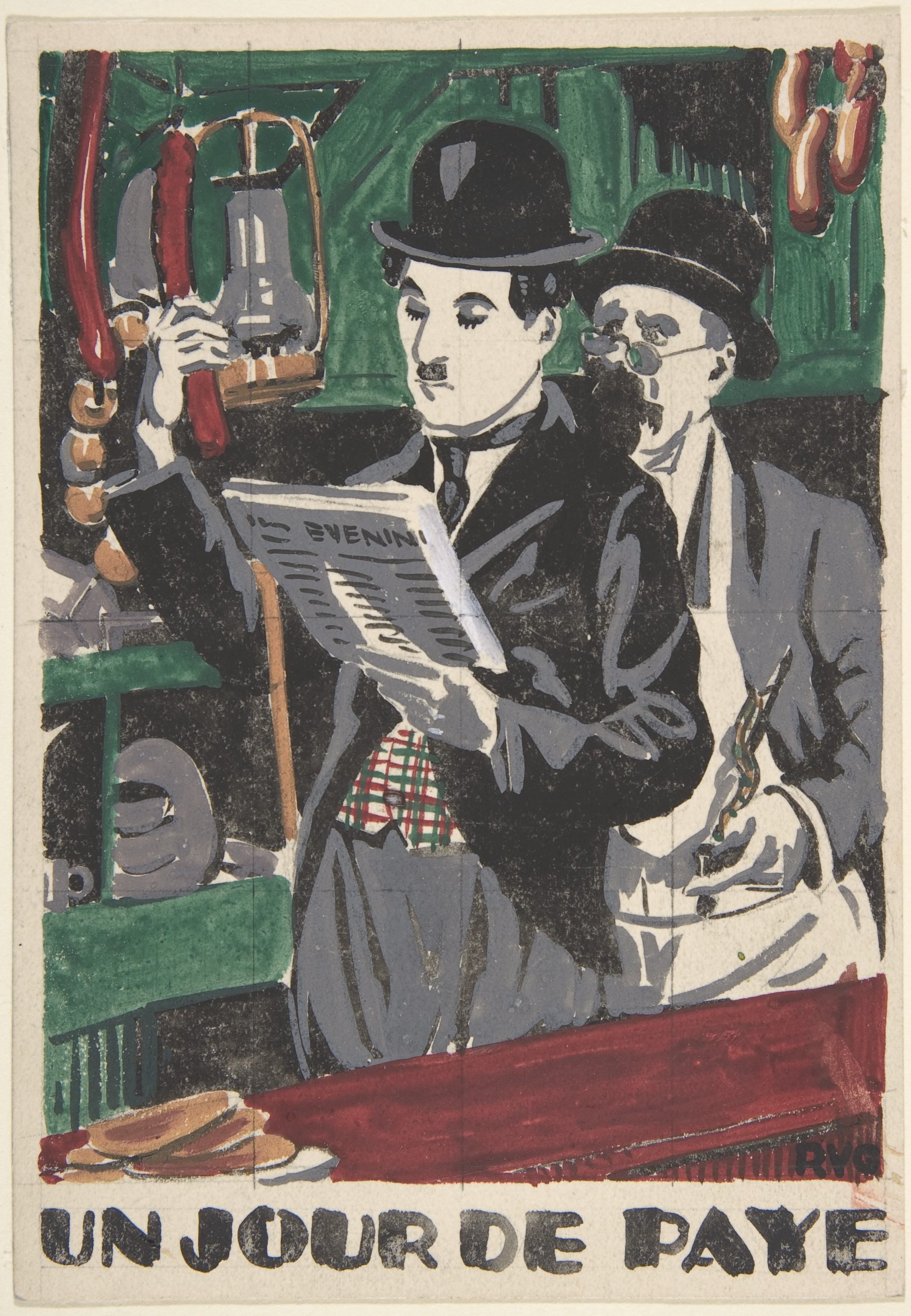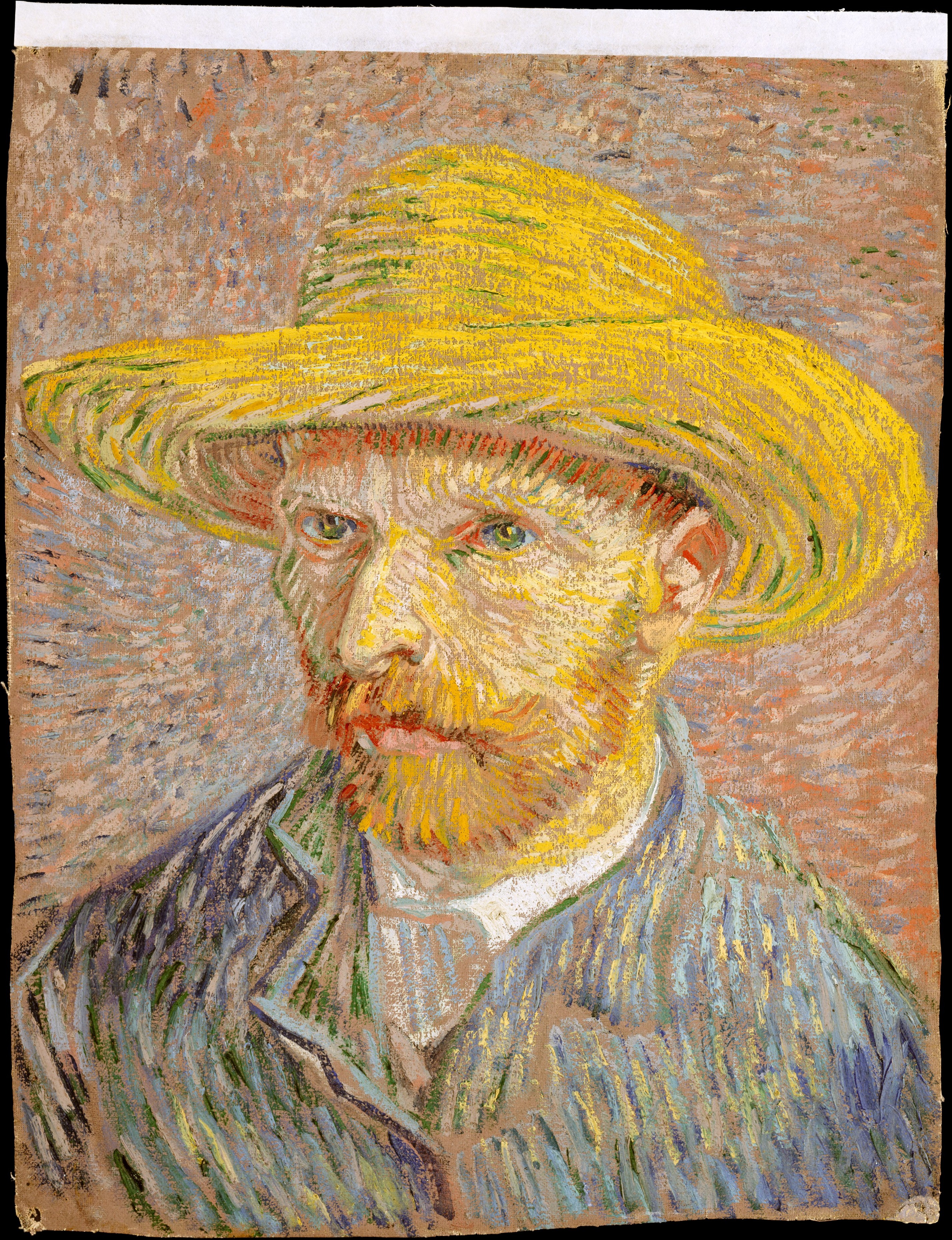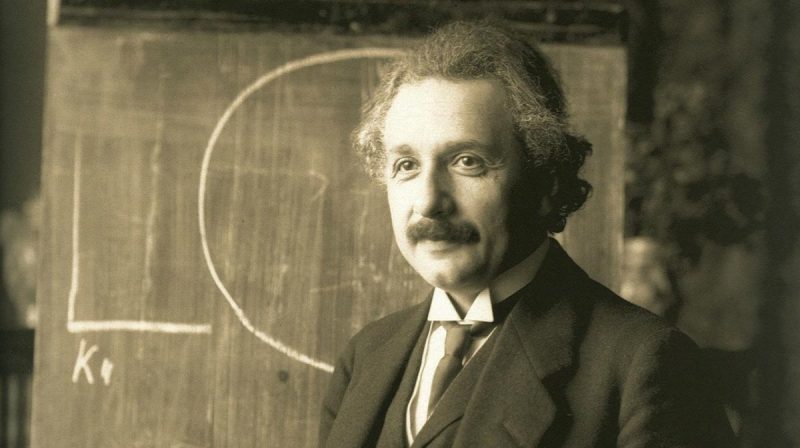“Ask someone to name a song that always has the power to reduce them to tears,” writes Independent culture editor Christopher Hooton, “and the chances are they’ll swiftly reply ‘Johnny Cash. Hurt,’” the country legend’s heartbreaking cover of Trent Reznor’s masochistic anthem. Asked to name a music video with the same emotional resonance, and you’re just as likely to get the same answer. I find myself tearing up just reading Hooton’s description of it. Shot at The House of Cash, the singer’s decrepit home (and shuttered museum), director Mark Romanek’s wrenching video speaks to us of “the transience of life, the gracelessness of death, the Ozymandian crumbling of an oeuvre and the decline of a genre, an era and an attitude.”
It does all that, but does much more besides: the video, and Cash’s last recordings in general, show us a man in the depths of lovelorn grief, yet unafraid to face mortality and decline and unwilling to deny their ravages. We mourn with Cash and for him, but his final performances are so riveting because, while most of us may fear death, he did not.
“Corinthians 15:55,” his last original song—on his final, posthumous collection, Ain’t No Grave—is named after the verse that asks “Death, where is thy sting?” Throughout the album, Cash sounds, writes Adam Richter, “unimpressed by the threat of death…. Singers are almost never as prepared as Cash was to bid adieu to all that.”
The “Hurt” video netted Cash, Romanek, and his team six MTV Video Music Award nominations. Before it won for Best Cinematography, Cash sat down with Kurt Loder on August 20th, 2003, for what would turn out to be his final interview. Although he confesses to a distaste for the work of making videos, of “Hurt,” he says, “I felt we were doing something worthwhile.” He talks about meeting Rick Rubin and making the American Recordings series of albums, some of the most widely praised records of his career, and the music he had always wanted to make. And he expresses the fierce independence, compassion, and authenticity that made him such a phenomenal writer and admirable human being.
“You can’t let people delegate to you what you should do,” Cash says, pointing at his heart, “when it’s coming from way in here, you know?… I wouldn’t let anybody influence me into thinking I was doing the wrong thing by singing about death, hell, and drugs.” We’re all lucky that he didn’t. Cash’s expressions of grief after the death of June Carter cut deep, but it was his ability not only to play the outlaw but also to empathize with people who are abused, persecuted, and excluded by the law that set him apart from other country and gospel singers, and made him a hero to millions of people who don’t share his roots or his faith.
The month before Cash gave his final interview, he gave his last performance at the Carter Ranch. (Watch it above.) Less than a month after the interview, he was dead. In 2007, the House of Cash, the house Cash had lived in since 1968, burned to the ground. Cash surely would have mourned the loss, but it wouldn’t have kept him down for long, I suspect. Not only did he stare down death with grace, humor, and dignity, but he faced the pains of life with those same qualities.
Related Content:
Johnny Cash Sings “Man in Black” for the First Time, 1971
Johnny Cash & Joe Strummer Sing Bob Marley’s “Redemption Song” (2002)
Josh Jones is a writer and musician based in Durham, NC. Follow him at @jdmagness
